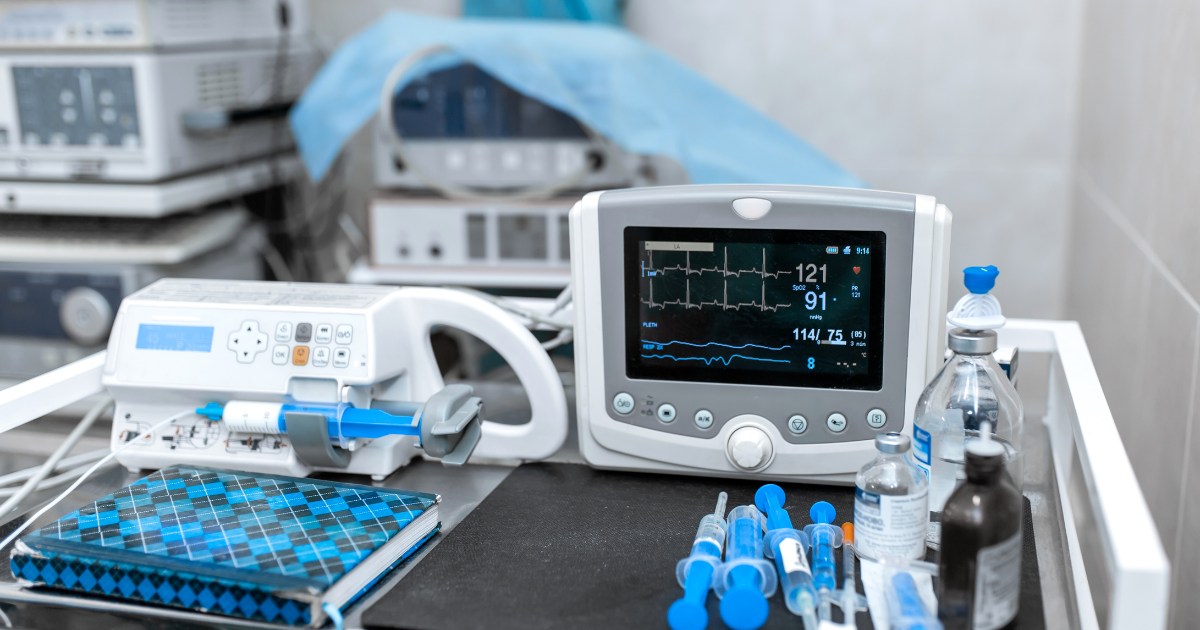New FDA Guidance on Remanufacturing: What It Means for Hospitals

On May 9, 2024, the United States Food and Drug Administration (FDA) issued its final guidance for the Remanufacturing of Medical Devices. The final document includes updated text intended to help organizations identify remanufacturing activities and a new section that provides information to those entities that are not well-versed in federal regulations.
In a press release, Jeff Shuren, director of the FDA’s Center for Devices and Radiological Health, said the final guidance was essential to ensure patients have access to safe, effective medical devices.
“This guidance provides important clarity on defining remanufacturing,” Shuren said, “and helps to remove perceived barriers to obtaining repair or maintenance of a device if it does not alter the safety, performance or intended use.”
Hospital purchasing agents will benefit from familiarity with the final version, including the new section on regulatory compliance. Below we explore the most critical aspects of the final guidance and its relevance to purchasing third-party biomedical equipment parts.
Remanufacturing guidance: background
In 2016, responding to industry concerns about device safety, the FDA called for comments regarding third-party entities that "refurbish, recondition, rebuild, remarket, remanufacture, service, and repair medical devices." This resulted in a 2018 FDA Report, which concluded that "objective evidence indicates that many OEMs and 3rd-party entities provide high quality, safe, and effective servicing of medical devices" and stated that most adverse event comments pertained to “remanufacturing,” not servicing. After issuing draft guidance in 2021, the FDA has now issued final guidance to clarify what constitutes “remanufacturing.”
Defining remanufacturing
The final guidance now frames the discussion around “likely remanufacturing” and “likely not remanufacturing.” It includes updated text explaining, for example, that certain activities, such as modifying a circuit board or temporarily breaking a seal to replace a component, can affect device safety and performance. Importantly, the activity and its impact on the device need to be evaluated to determine if it is likely remanufacturing or not.
The final guidance provides the following definition for “remanufacturing”:
“Remanufacturing is the processing, conditioning, renovating, repackaging, restoring or any other act done to a finished device that significantly changes the finished device’s performance, safety specifications or intended use.”
The updated text helps third-party manufacturers and servicing organizations determine whether their activities significantly change the performance, safety, or intended use of a device. If they do, those activities would qualify as remanufacturing of a finished device, and thus these activities would require regulatory oversight.
Medical equipment buyers should use the guidance to investigate and ensure that third-party manufacturing and servicing partners–and, therefore, the hospital—consistently comply with FDA regulations.
Regulatory requirements for remanufacturers
In the final guidance, the FDA includes a section titled “regulatory requirements and considerations for remanufacturers.” The section provides an introduction to the FDA’s medical device rules.
Regulations and requirements covered in the section include:
- Market authorization procedures
- FDA quality system regulation (QMSR)
- Product labeling requirements
- Documentation of the remanufacturing process
- Internal audits and FDA inspections
Designed to target entities that are unfamiliar with FDA medical device regulations, this section also helps purchasing agents understand what regulations apply to a supplier if they perform remanufacturing activities.
The final guidance and third-party medical device parts
The words significantly change are the key to assessing whether a potential third-party partner engages in remanufacturing. This can’t be determined by the company’s intention alone. A third-party manufacturer or service providers might not plan for their parts or service to change the intended use of a device or interfere with performance or safety. However, that does not impact the analysis. Rather, it is imperative that the company has documented its decision-making process and has validated that its parts do not significantly change the intended use of the devices or interfere with performance or safety.
Third-party replacement parts must be precisely reverse engineered and tested to confirm functionality comparable to the original OEM components. The focus should be on whether the component/part installed into a completed device does not change the intended use of the device or interfere with performance or safety after validation. If it meets those criteria, it likely falls under remanufacturing. As such, these products are subject to FDA standards.
Unfortunately, not all third-party manufacturers self-assess their activities or adhere to FDA requirements. As such, these manufacturers can easily bypass FDA oversight, allowing inferior products into the U.S. market.
How hospital buyers can assess third-party activities
The best way to evaluate potential partners for remanufacturing is to review their verification and validation testing records. These should provide documentation that all parts have been verified and validated to meet the exact specifications of the OEM components.
Additional steps to evaluate a third-party manufacturer include:
- Confirm ISO 13485: 2016 certification
- Audit the quality management system (QMS)
- Review the design process
Purchasers should also confirm that the business conducts an FDA remanufacturing analysis of its own processes and products. This allows the manufacturer to confirm that no further regulatory compliance is required.
The takeaway
The final FDA remanufacturing guidance supports hospitals in accessing high-quality, third-party services while increasing regulatory oversight for device modifications, and similarly helps hospitals to ensure that they are properly analyzing their activities for remanufacturing impacts. It equips hospital purchasers to become more informed consumers, empowering them to make cost-effective decisions that enhance patient care and safety. Using the guidance when vetting potential partners ensures the manufacturer maintains FDA compliance while delivering OEM-quality parts that keep devices functioning optimally, as intended.
Get tips for vetting and assessing the ethics, reliability, and other offerings from a third-party manufacturer or OEM. Download our free guide today.

